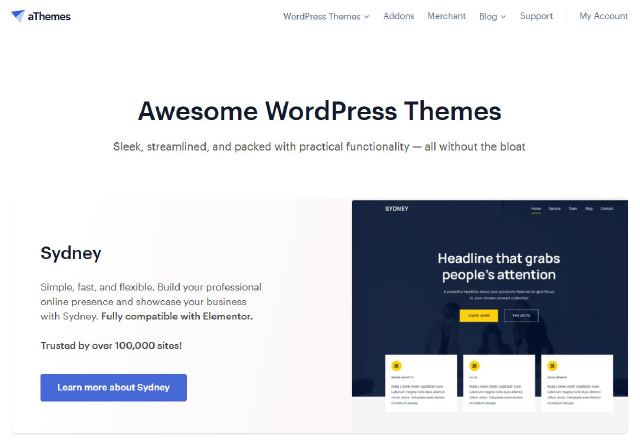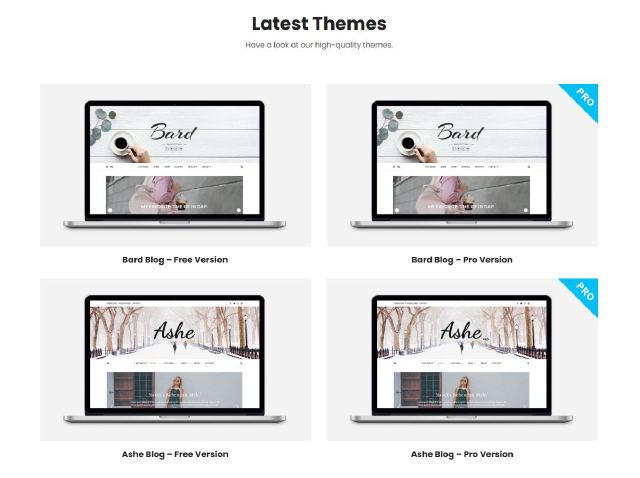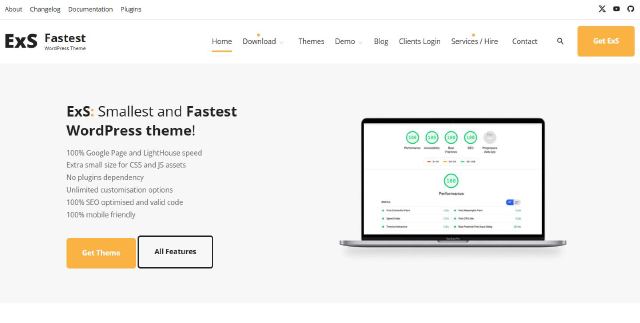Images are at the core of any compelling web design, but their visual appeal shouldn’t come at the expense of your website’s performance.
In this guide, we will explore the importance of optimizing images for your WordPress theme.
From reducing load times to ensuring a seamless user experience, we’ll dive into practical tips and tools to harness the power of visuals without compromising speed.

The Significance of Image Optimization
1. Speed Matters
- Slow-loading images can significantly affect your site’s performance and lead to higher bounce rates.
- Optimized images can drastically improve site speed, which is crucial for user satisfaction and engagement.
2. SEO Boost
- Optimized images contribute to better search engine rankings. Search engines, like Google, prioritize sites that load faster and are mobile-friendly.
- Compress images without losing quality for SEO benefits, ensuring that images appear in Google’s image search.
3. Mobile Responsiveness
- With the rise of mobile users, it’s important to optimize images for varying screen sizes and device types.
- Responsive images ensure a consistent and user-friendly experience across all devices.
4. Bandwidth Conservation
- Optimized images reduce server load and save bandwidth, especially for users with limited data or slower connections.
- This can lead to better site performance, particularly on mobile networks or regions with slower internet speeds.
Practical Tips for Image Optimization
1. Choose the Right File Format
- Select the appropriate format for each image:
- JPEG for photographs or detailed images
- PNG for images with transparency or simple graphics
- Always balance image quality and file size to optimize both appearance and performance.
2. Compression Techniques
- Use image compression tools like TinyPNG or ImageOptim to reduce file sizes without compromising quality.
- Aim for a balance: Compress images enough to reduce file size but not so much that the quality suffers.
3. Image Dimensions
- Resize images to the appropriate dimensions based on where they will appear on your website.
- Avoid using larger images that are scaled down via HTML or CSS, as this still results in unnecessary load times.
4. Lazy Loading
- Implement lazy loading, which means images load only when they are visible on the user’s screen.
- This technique saves bandwidth and improves initial page load times, particularly for long-scrolling pages.
5. WordPress Image Optimization Plugins
- Explore plugins like Smush, Imagify, or ShortPixel for automated image optimization.
- These plugins can handle bulk compression and optimize images as you upload them, making the process seamless.
Testing and Monitoring
1. Page Speed Tools
- Use tools like Google PageSpeed Insights, GTmetrix, or Pingdom to analyze your site’s performance.
- These tools offer insights and recommendations for improving load times, including image optimization.
2. User Experience Testing
- Collect feedback from users to understand their experience with image load times.
- Prioritize a fast and smooth user experience by addressing any slow-loading elements, especially images.
Conclusion
Optimizing images for your WordPress theme is essential to delivering a visually stunning and high-performing website.
By following the practical tips outlined in this guide, you can achieve the perfect balance between aesthetics and functionality.
With careful image optimization, you’ll enhance both the user experience and the SEO of your website, ensuring it loads faster, performs better, and ranks higher in search engines.
Elevate your site’s visual appeal while providing a smooth and enjoyable experience for every visitor.




